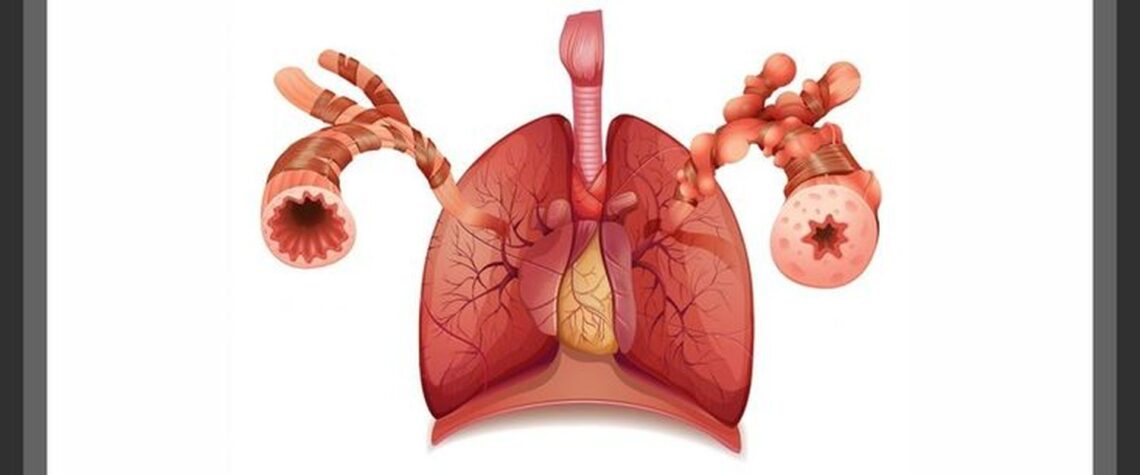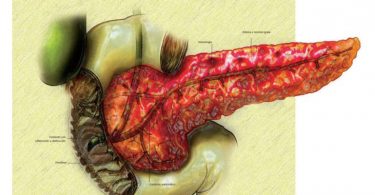ABSTRACT
A physician can encounter feigning of disease in his clinical practice which often becomes difficult to differentiate from other disorders. In such cases a person produces intentional symptoms due to some internal motivation. In this case report, a boy came with the complaint of cough for three days which was considered as an acute case initially. Later, it turned out to be fictitious in origin after the patient set aside his sick role for his functional objective. This case study teaches us a lesson of being more vigilant in clinical practice.
KEYWORDS: Factitious disorder, Cough, Homeopathy.
INTRODUCTION
According to ICD 10, factitious disorders coded as F68.1, are defined as “Intentional production or feigning of symptoms or disabilities, either physical or psychological”. The person feigns symptoms which are motivated by some internal intention which generally remains obscure.[1]
The person seeks treatment or otherwise presents as being ill, injured, or impaired repeatedly based on the falsified, or self-induced signs, symptoms, or injuries. The range of symptoms includes pyrexia of unknown origin, false coughing, self-induced abrasions, self-injection of toxic substances or imitation of pain in distant parts without any identifiable cause, etc.
The person will tend to seek medical advice or treatment at different hospitals, but there will be repeated negative findings for any confirmed diagnosis.[2] Hence this condition is also known as the disorder of illness behaviour and the sick role.[1]
Factitious disorder also includes Münchhausen syndrome, hospital hopper syndrome and peregrinating patient. It does not include malingering (Z76.5 of ICD-10) where the feeling of symptoms is motivated by some external stresses or incentives such as escape from criminal prosecution, exemption from military duties, etc., and it is commonly seen in legal matters.[1]
The suspicion that a person is feigning disease is subject to taboo and diagnosis generally rests on supportive evidence. Therefore, a physician must remain alert, be empathetic and adopt a coping-oriented approach to uncover pretense of disease and thus avoid unnecessary treatment.[3]
The following case is a common presentation of factitious disorder which generally remains unnoticed in day- to- day practice.
Day 1 (2/02/2021)
A 10-year-old boy presented with cough with little whitish expectoration since three days. As per her mother his ailments occurred after eating ice- cream. He also complained of body ache, and loss of appetite. He was thirsty for small quantity of water, chilly and desired everything warm.
O/E- Tongue: dry, clean; tonsils appeared normal; Respiratory system: no associated disease.
On the basis of totality of symptoms, Arsenic album 30/ BD was given for 5 days.
Day 7 (8/02/2021)
Mother visited and reported that his expectoration and body ache subsided within 2 days of beginning the medicine, however cough still persists with a lesser frequency.
Arsenic album 200/ 1 dose stat, followed by Rubrum 30/ TDS for 10days was prescribed.
Day 19 (20/02/2021)
Tele-consult: His mother said that his cough still persists. Symptoms were taken again which found the cough is paroxysmal in nature and there is no fixed time. Sometimes there is pain in the chest, abdomen, and head when coughing. He is physically active with a good appetite and thirst has increased.
He has had a tendency to catch cold easily since childhood. For 1 year he is experiencing recurrent bouts of cough for which he takes allopathic treatment with temporary relief. Thermal reaction of the patient is hot.
On the basis of the totality of symptoms, Bryonia alba 30/OD for 7 days was prescribed.
Day 27 (28/02/2021)
In person consult: As the complaint of cough still persists a retaking of the case was done. He complained of dry paroxysmal cough which aggravated in morning and afternoon, and from talking, after being reprimanded. Ameliorate on lying down, drinking warm water.
Sometimes pain in throat and sensation that something is lodged in throat. Ameliorated from drinking water.
Sensation of heat in body. Body aches sometimes.
His mother said that his cough is paroxysmal, in bouts and mostly when he is told to do any work, especially study. No bouts of cough occur when he is engaged in his choice of work. Also, when he complains of throat pain or body ache, his parents used to caress him and be lenient in his studies. He has good appetite, is physically active, and has refreshing sleep.
O/E- No enlargement of tonsils, Normal vesicular breathing sound heard.
The conversation with the mother revealed that the patient may be feigning illness as he coughs mostly when taking online classes. His mother was informed about the possible situation and the child was told that he will have to get an extensive course of treatment as he is experiencing recurrent cough and may need to be admitted in hospital for further investigations if not improved with these medicines.
Adv. – CBC, X-Ray chest – PA view
This time only Rubrum 200/ HS and Phytum 30/ QID for 3 days were given.
Day 31 (3/03/2021)
The mother visited clinic and informed us that the child did not go for the tests. He has been healthy for the last three days and not experiencing even a single bout of cough.
DISCUSSION
The boy presented with an acute complaint initially visit but over a period of time he started feigning illness. This case is an example of factitious disorder as the child was intentionally producing the symptoms of cough, and random body pains which helped him to get his family’s attention, care and exemption from his studies.
The diagnosis is supported by the negative physical and respiratory examinations and immediate relief in symptoms after getting afraid of the consequences. Hence it signifies that it is necessary for a physician to take a detailed case, examine thoroughly and do necessary investigations in every case.
In some cases, the advantage of homoeopathic medicines being easily palatable may become a disadvantage as children the sweet globules, making it easier to feign illness.
CONCLUSION
A physician can encounter factitious disorder in his practice. Overlooking of the ‘patient factor’ due to mal-observation or non-observation; overlooking of the diagnosis of disease and due to interpretation of every symptom enumerated by the patient with preconceived notions as per the nature of homoeopathic prescribing methodology one can fail to notice such cases easily.
These factors can lead to unnecessary medical intervention in such cases and create distress for the treating physician. Hence, to avoid such cases the physician has to be thorough with the case taking, diagnosis as well as investigations and general examination of each patient.
REFERENCES
- The ICD-10 classification of mental and behavioral disorders. Delhi: World Health Organization; 2007.
- Walker BR, Colledge NR, Ralston S, Penman ID, Britton R. Davidson’s principles and practice of medicine. 22nded. New York : Churchill Livingstone/Elsevier; 2014.
- Hausteiner-Wiehle C, Hungerer S. Factitious disorders in everyday clinical practice [Internet]. Deutsches Ärzteblatt International. 2020 Jun;117(26):452 [cited 18 August 2021]. Available from: https://www.ncbi.nlm.nih.gov/pmc/articles/PMC7505250/





